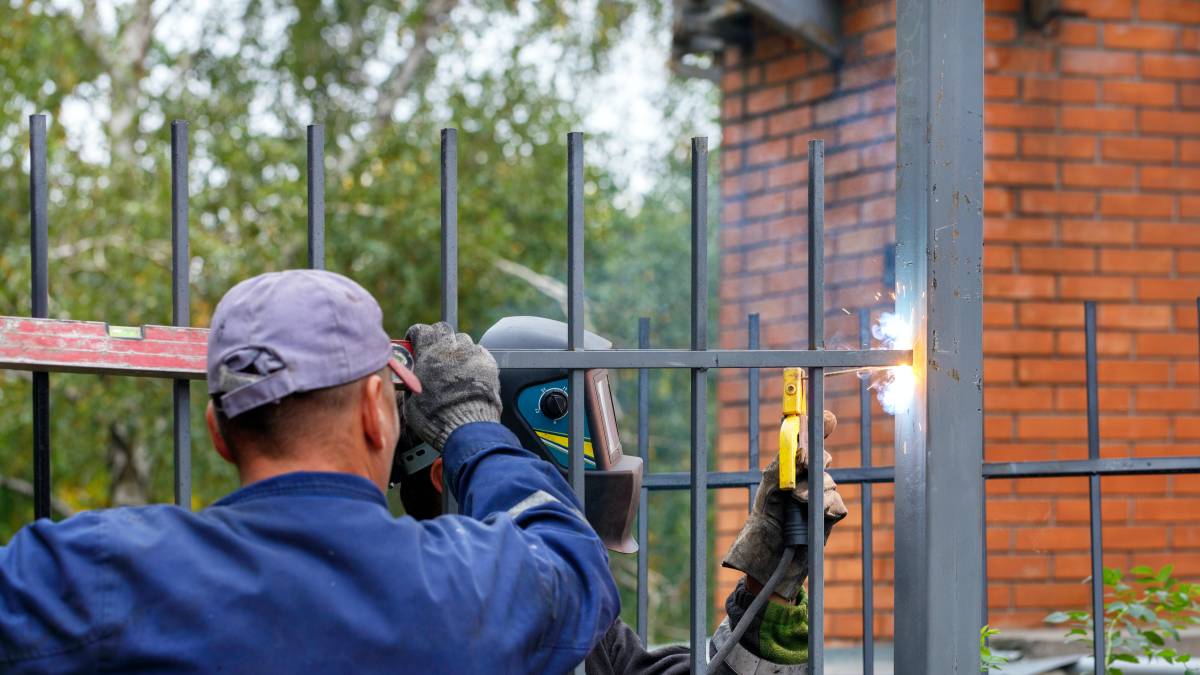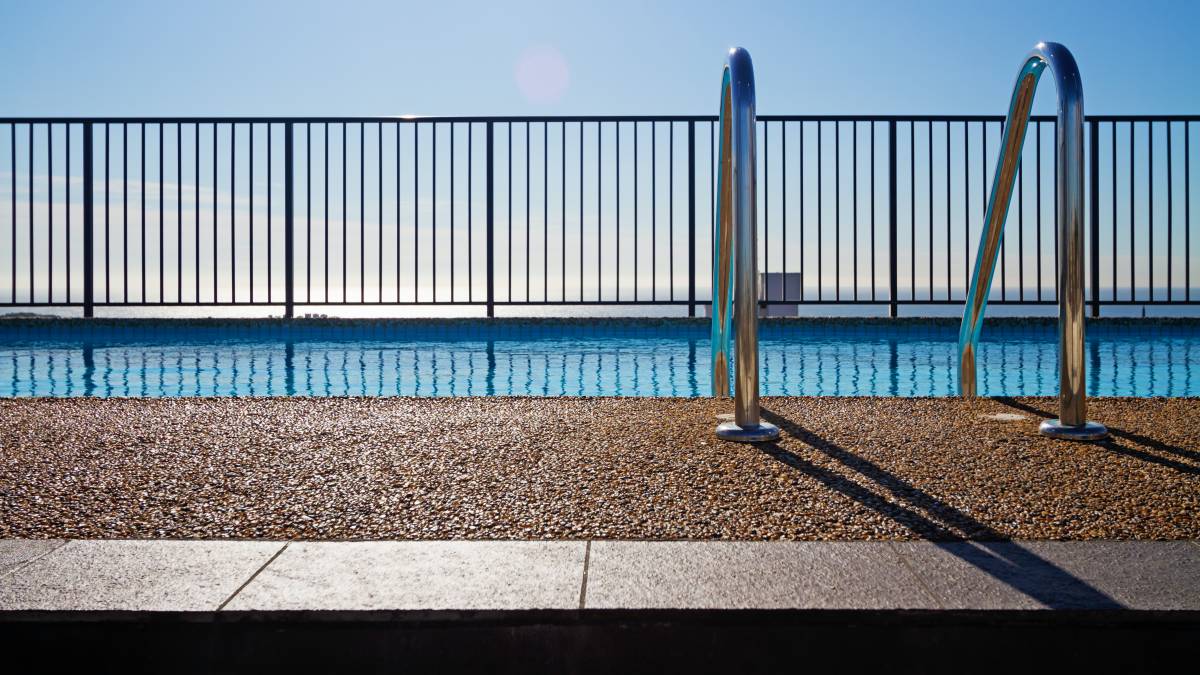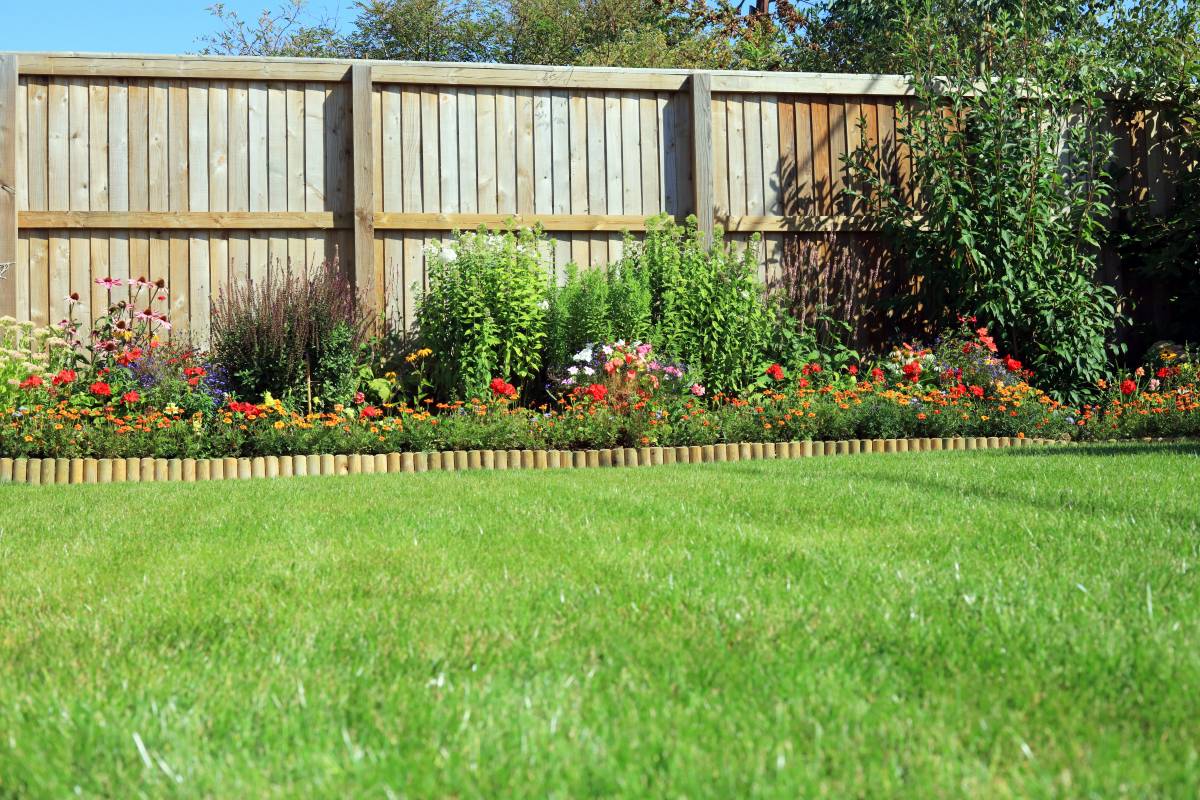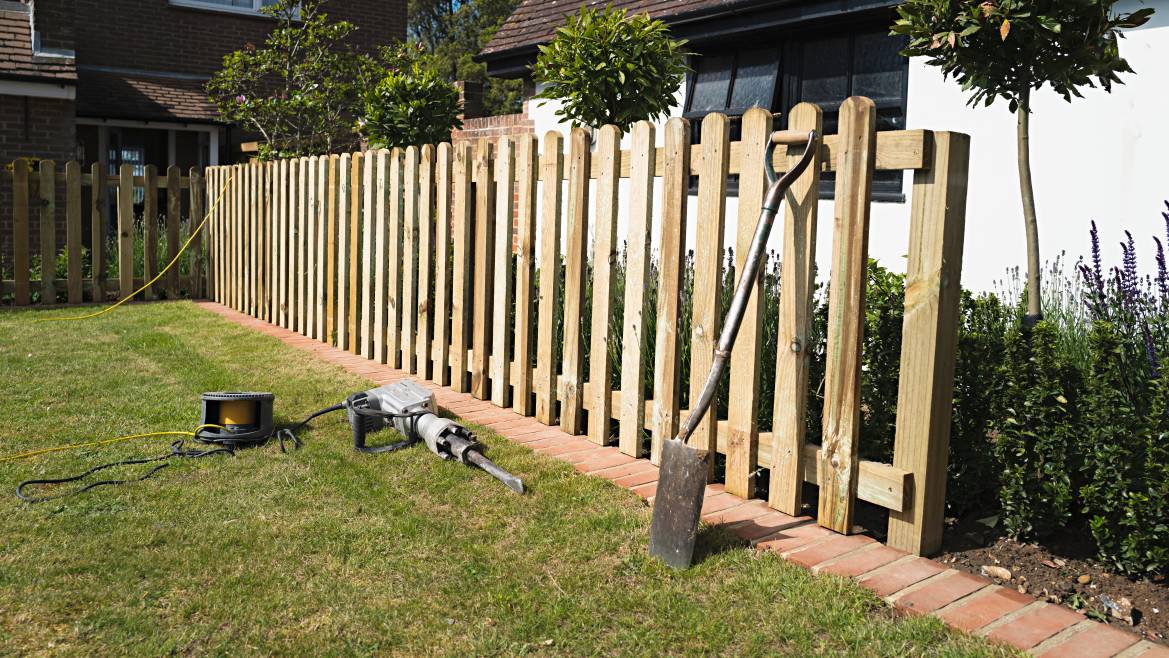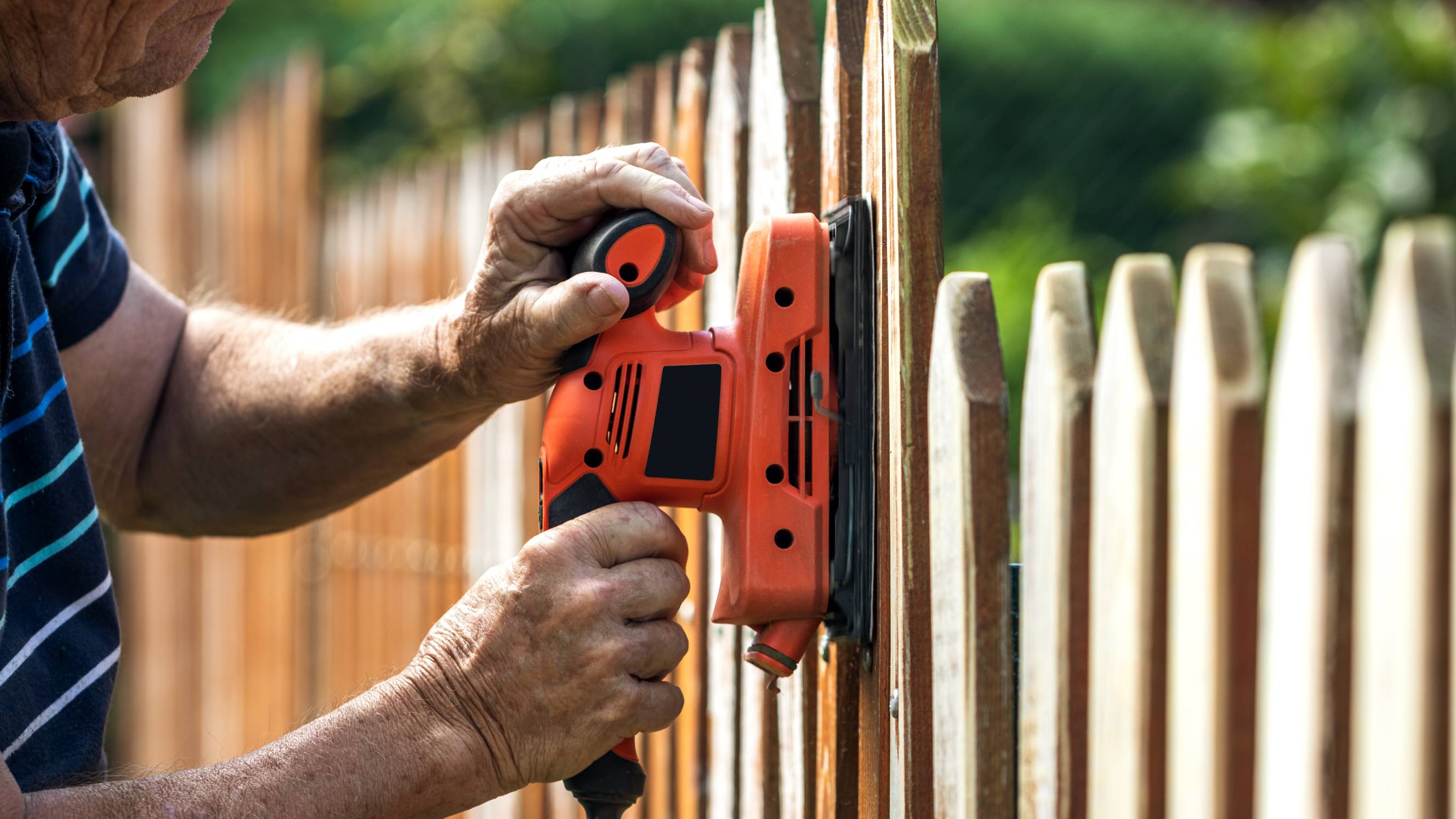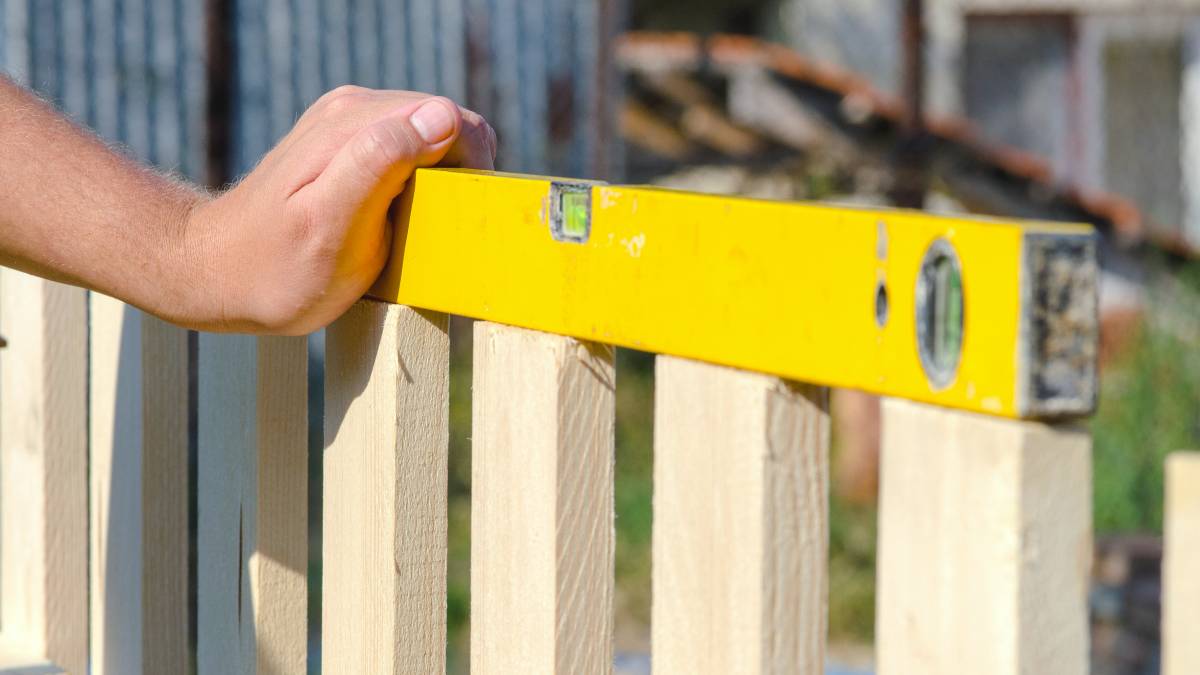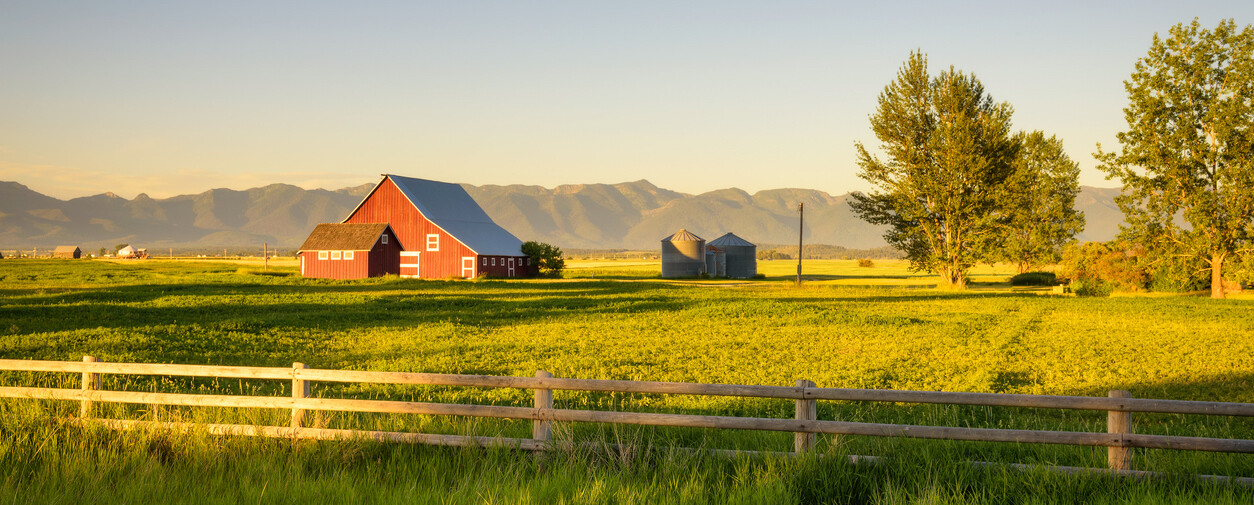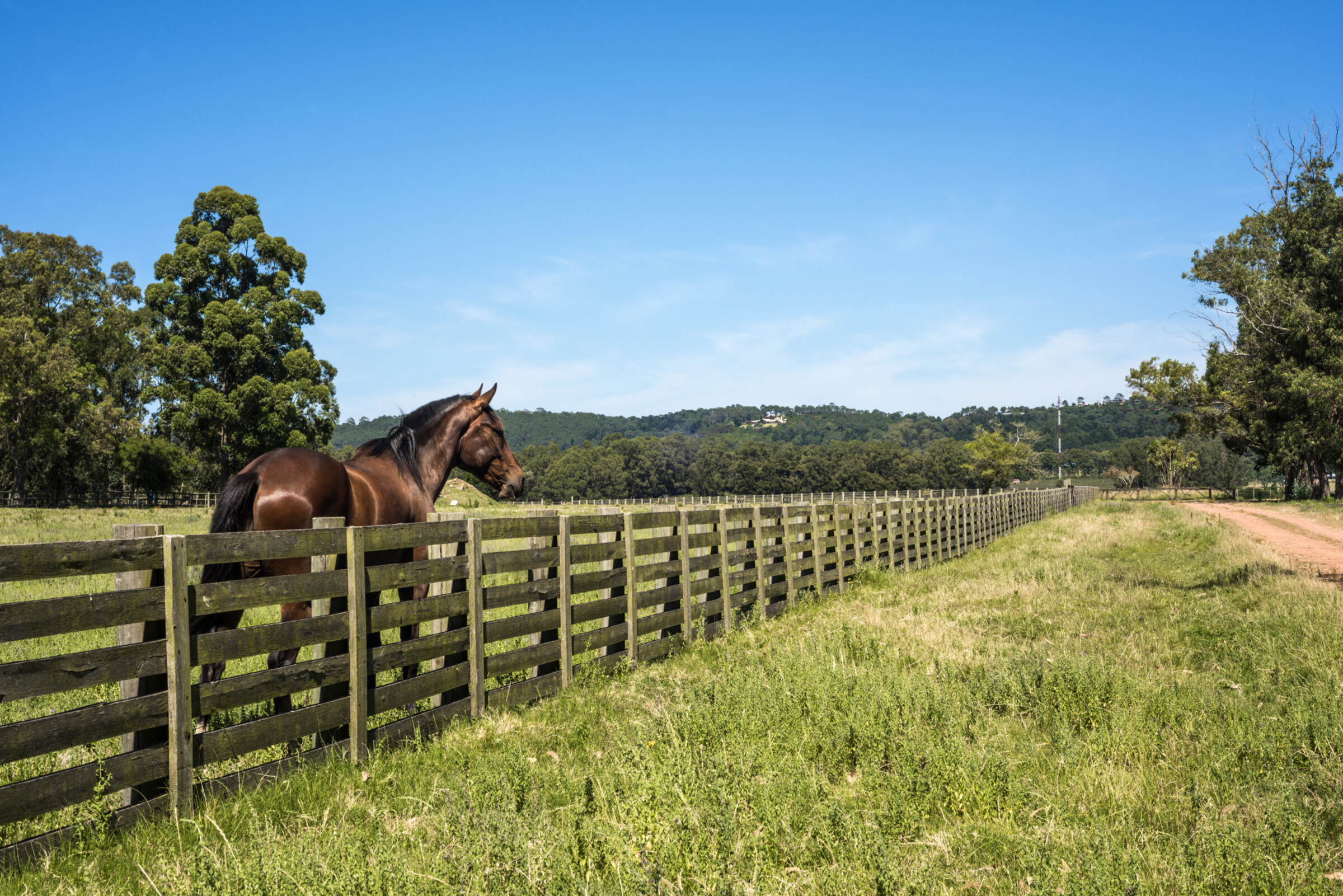

Find a local equestrian fencing contractor near you
Fill in a short form and get free quotes for professional equestrian fencing services near you
Excellent rating - 4.3/5 (9300+ reviews)
Need equestrian fencing services?
- Extension
- Repair
- Removal
- Installation
- … or anything else
Recent Equestrian Fencing tasks
Horse stables
£2,000
Netherseal, Derbyshire
23rd Apr 2024
I need 2 horse stables built
Replace horse paddock fence
£5,000
Wildhern, Hampshire
2nd Jan 2024
Approx 320m perimeter. Post and three rails suitable for ponies/small horses - Due date: Flexible
I need fencing services post and rail horse fence
£600
Hockley, Essex
18th May 2021
Need a quote ASAP to put up post abs rail fencing
What is Airtasker?

Post your task
Tell us what you need, it's FREE to post.
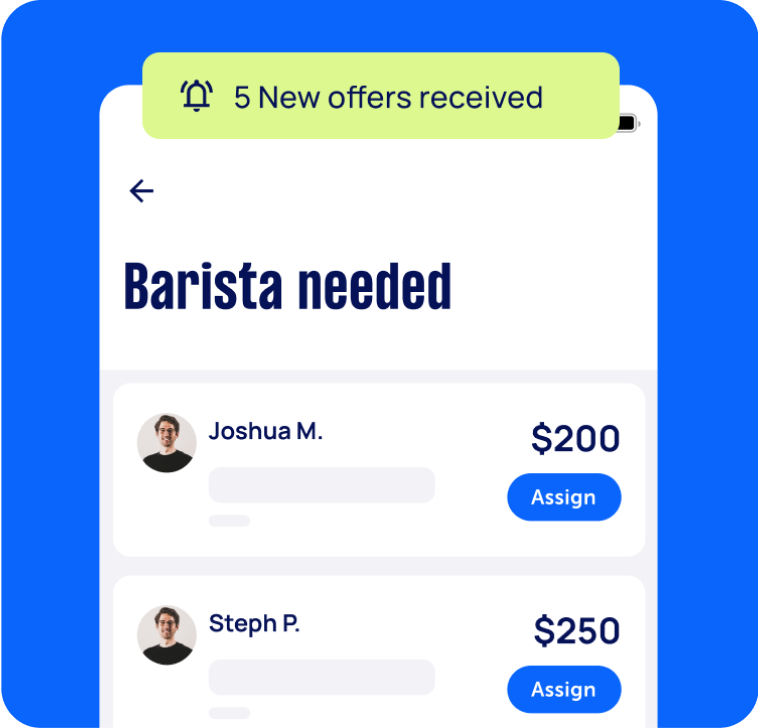
Review offers
Get offers from trusted Taskers and view profiles.

Get it done
Choose the right person for your task and get it done.
Why book an equestrian fencing service through Airtasker?
When you own a horse, their safety and comfort should be a top priority in your book. Installing equestrian fencing is a crucial part of that, but there are several factors to consider. You'll need to balance the specific needs of your horses, your own safety, as well as any local construction regulations. Not to mention, it can be a challenge to find equestrian fencing contractors you can trust to get the job done well, quickly and for reasonable rates.
Luckily, by using Airtasker in your search, you can make the process much more straightforward. Post a task on the platform, specifying your location, budget, preferred installation date, and other relevant details such as the size of the grounds. Once you put up the task, sit back and watch the quotes roll in from qualified Taskers. With Airtasker, you can have your land fenced and horses secure in no time!
Flexible pricing
Choose the offer that’s right for you.
Get the best taskers
Judge for yourself – every task gets a review.
Stay insured
Relax knowing that your [] comes insured when you hire them through Airtasker.
Quick offers
Start getting offers to do your task ASAP!
Top Equestrian Fencing related questions
Horses should have ample space to trot, gallop, and play. Typically, a paddock should be at least 6 to 9 feet wide and around 30 feet long. This size allows horses to move around and interact freely. You can also build corridors around your pasture if you think your horses would need additional flexibility with the space. No need to be completely sure of your layout — you can always consult your Tasker for the perfect paddock.
For smaller horses, fencing should reach about 140 cm at the highest rail. There should also be gaps of 50 cm between each rail. Larger horses need higher fencing, ideally around 165 cm, but with similar spacing.
Horse paddocks can be made from plank, PVC, vinyl-coated wire, galvanised wire, or even an electric system. While each of these has its advantages, timber remains the most popular choice for its affordability, durability and aesthetic appeal. If you want fencing that keeps horses from leaning on the rails, electric fencing can be highly effective. Consult your Tasker to find out what works best for your property.
It’s not a necessity, since Taskers can source materials for you. However, if you already have an idea of what type of fencing you want, you can order materials from reputable supply stores like Equestrian Fencing and Timber or any local shop you trust.
Each type of fencing really has its pros and cons, so it’s hard to land on one recommendation based on safety. For example, electric fences prevent chewing but may injure your horses since they snap easily and cut like a knife. Post and rail fences made of wood, PVC, pipe, or cable are sturdy and look appealing, but they may still break or splinter when you put too much pressure. Wire fencing can also injure, unless it’s installed as a mesh.
Overall, you should get professional advice from your hired Tasker to identify the safest option that works for your property and horses.
It helps to have an idea of your paddock layout, no matter how abstract or incomplete. You should also know the size of your property, the number of horses that the paddock will carry, and any special requests for the fencing, such as gates or vehicle access. You'll also want to take note of factors like weather conditions in the area and the usual activities that happen around the paddock (such as grass mowing, parking, or others), since Taskers will likely require these details as they plan the perfect fencing for your horses.
When hiring a Tasker for your equestrian fencing needs, it's important to check whether they have proven experience in the job. Go through reviews from past clients and request proof of successful previous projects. You can even ask for past clients’ contact information to quickly discuss the Tasker’s performance, expertise, and customer service.
Other items you should discuss with a Tasker are the type of materials they recommend for your fencing and whether these materials have a warranty. You should also figure out early on if you’ll need to contact building authorities and utility companies for the project, and if you should be the one to coordinate with these entities or your Tasker will take it on.
Top Locations
What do equestrian fencing services include?
Booking equestrian fencing services on Airtasker connects you with experts who can offer a complete solution to your horse safety needs, from the installation proper to ensuring the fences meet local regulations and your specifications. They can also accommodate different fencing types to suit your property and horse.
Here's what you can expect from an equestrian fencing contractor:
Planning your horse paddock fencing
Expect your equestrian fencing contractor to begin by assessing the size and layout of your land and any relevant safety or practical concerns. They will also look into the particular needs of your horses to make sure the fencing is appropriate. If you have yet to decide on the material to use for your equestrian fencing, you will receive recommendations that fit your budget. Some of the most popular choices are mesh, wire, timber, or PVC, and they vary in terms of price points, durability, and appearance.
At this stage, most contractors will also provide you with a basic layout or blueprint of your fencing before proceeding with the next steps.
Installing the first posts
Once you're satisfied with the plan, the contractor will mark out where the end and corner posts will go, and then sink treated wooden posts into the ground. These posts will be the foundation of your fence. After this, the Taskers will use a guide wire to figure out where the intermediate posts will be positioned.
Adding the intermediate and end posts
After plotting where intermediate posts will go, they will then be installed. Intermediate posts are usually installed 2 to 7 metres apart, depending on the fencing material you selected, and should be spaced evenly between two end posts. Your equestrian fencing contractor should also make sure that the posts are structurally sound, so that the fence is not just sturdy but also looks good.
Once the intermediate posts are set into the ground, bracing will then be added to the corners and ends to serve as additional support. Using high-tensile wire, your Tasker will install single braces, double braces, or two-way braced line post assemblies — depending on the length of the fence.
Securing wire or timber boards
For wire fencing, the equestrian fencing contractor will carefully string and secure the wire between posts, keeping it taut for a secure finish using a vehicle, dummy post, chain loops, or come-alongs. Once all wires are secure, they'll remove any excess wire to avoid safety hazards and keep the look as neat as possible.
For timber or rail fencing, a spacer is used to make sure the rails are evenly placed. The Tasker may also leave a slight gap at the top to allow for any adjustments. Similarly with wire fences, you can expect your contractor to make necessary checks to keep every part of the fence durable and tidy.
After your equestrian fencing is expertly installed, consider booking skilled landscapers, gazebo installers, or gardeners near you to enhance the charm of your countryside property.
